A good night’s sleep is crucial for overall well-being, and the quality of your bedding plays a significant role in achieving that restorative rest. The science behind a good night’s sleep involves a combination of factors, including the materials used in your bedding, their impact on temperature regulation, and their ability to provide proper support. Let’s delve into the science of a good night’s sleep and understand how bedding affects your rest:
Temperature Regulation:
- Material Choice: The type of bedding material you choose can influence your body temperature during sleep. Natural fibers like cotton and linen are known for their breathability, helping regulate body temperature by wicking away moisture and allowing air circulation. This is particularly important for maintaining a comfortable sleep environment.
Comfort and Support:
- Pillow Support: The right pillow provides adequate support for your head and neck, aligning the spine and reducing discomfort. Memory foam pillows, for example, conform to the shape of your head, offering personalized support. The correct support minimizes the risk of waking up with aches and pains.
Thread Count and Softness:
- Thread Count: The thread count of your sheets contributes to their softness and comfort. While a higher thread count is often associated with a smoother feel, the quality of the fibers is equally important. Sheets with an appropriate thread count (typically between 200 and 800) strike a balance between softness and durability.
Allergen Resistance:
- Hypoallergenic Materials: Bedding made from hypoallergenic materials helps prevent allergic reactions, making it suitable for individuals with sensitivities to dust mites, pet dander, or other allergens. This is particularly important for those prone to allergies that can disrupt sleep.
Mind-Body Connection:
- Color Psychology: The color of your bedding can influence your mental state and contribute to a relaxing sleep environment. Cool tones such as blues and greens are often associated with tranquility, while warmer tones like yellows and oranges can create a cozy atmosphere.
Sleep Environment Optimization:
- Darkness and Light: Blackout curtains or shades can create a dark sleep environment, signaling to your body that it’s time to rest. On the other hand, exposure to natural light during the day helps regulate your circadian rhythm, promoting a healthy sleep-wake cycle.
Quality of Materials:
- Breathable Fabrics: Quality bedding materials allow for proper air circulation, preventing the buildup of heat and moisture. This is essential for a comfortable sleep experience, especially in warmer climates.
Embracing Technological Advancements:
- Smart Bedding: Technological innovations in bedding, such as temperature-regulating fabrics and smart mattresses, contribute to creating an optimal sleep environment. These advancements aim to address specific sleep-related issues and enhance overall comfort.
In conclusion, the science of a good night’s sleep involves a holistic approach that encompasses the choice of bedding materials, their impact on temperature regulation, and their ability to provide comfort and support. By understanding these factors, you can make informed choices when selecting bedding to create an ideal sleep environment tailored to your individual needs.


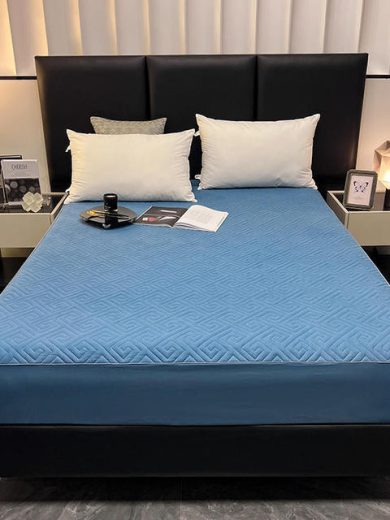



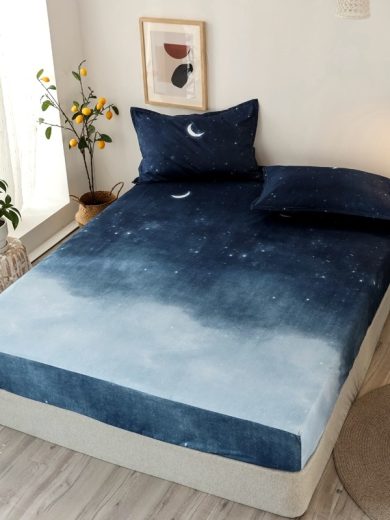

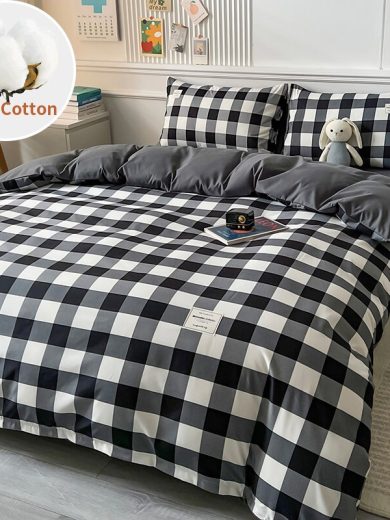
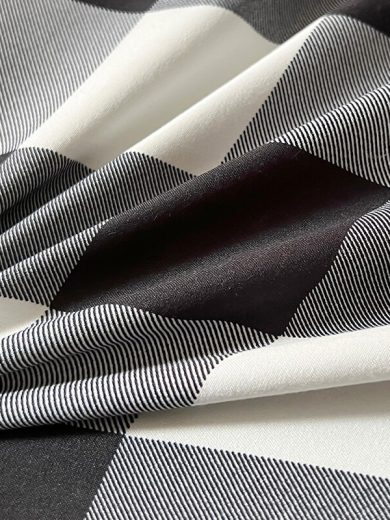


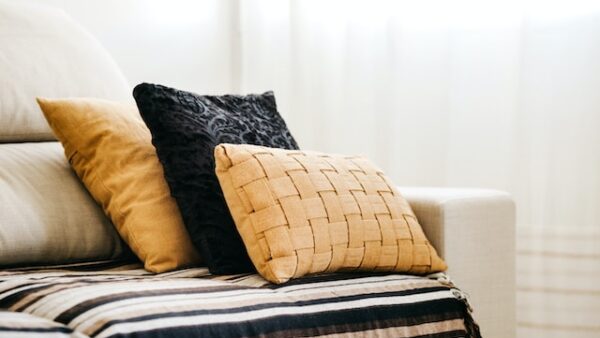

Very nice product
Suspendisse ornare lacus consectetur magna hendrerit, id ultrices turpis euismod. Fusce arcu magna, consequat nec elit a, dignissim vestibulum arcu. Nullam sollicitudin lectus dolor, nec mollis augue iaculis ac. Ut massa tortor, facilisis nec blandit eu, efficitur non mauris. Morbi imperdiet eleifend felis at placerat.